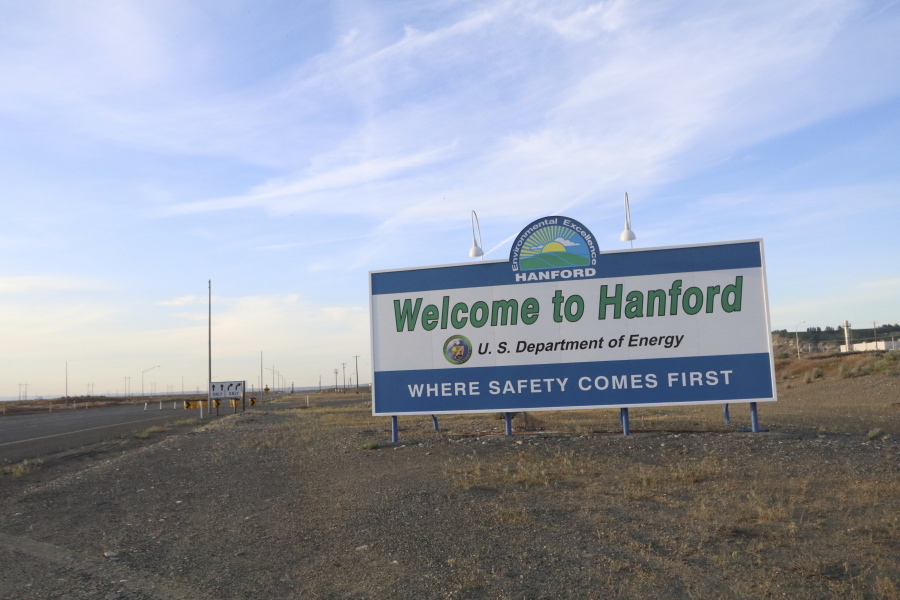Kennewick — The Hanford-area community will be allowed to weigh in as the Department of Energy considers possible shifts in how environmental cleanup is done at Hanford, according to a DOE official based in Washington, D.C.
Hanford leaders have been instructed to discuss proposals that came out of a completed 45-day review that began in late June with elected officials, Hanford regulators and those interested in the nuclear reservation, said Stacy Charboneau, associate principal deputy assistant secretary for field operations at the Department of Energy Office of Environmental Management in Washington, D.C.
Charboneau — a former manager of both of DOE’s Hanford offices that oversee cleanup at the nuclear reservation — spoke at a Kennewick meeting last week of the national Environmental Management Site Specific Advisory Board Chairs.
The 45-day review was put in motion by James Owendoff after he was named the acting leader of the DOE Office of Environmental Management in June.
He asked the 1,400 employees of the DOE office, including those based at Hanford, for any and all ideas they had for environmental cleanup.
With the review completed, a list of decisions that DOE is considering has not been released. No specific plans for public involvement have been released, but the Hanford Advisory Board is expecting to be briefed.
At Hanford, a project that may be considered is whether some of the low-activity radioactive waste held in underground tanks should be grouted for disposal rather than turned into a glass form at the vitrification plant under construction.
In May, the Government Accountability Office released a report saying that grouting some of the Hanford tank waste would save money and could allow the waste to be treated sooner.
DOE had estimated in 2004 that allowing some of the waste at its Savannah River, S.C., site to be grouted rather than vitrified would save $55 billion.
Owendoff has talked about the review as it relates to the vitrification plant under construction.
He has said that timely decisions need to be made to reach the goal of using the plant to treat some low-activity radioactive waste as soon as 2022. The plant, which eventually will also treat the high-level radioactive waste in Hanford’s storage tanks, was not designed to treat all of Hanford’s low-activity radioactive waste in a reasonable time period.
“What I am looking at is how we can be more timely in our decision-making,” Owendoff said about the 45-day review in a DOE publication. “I believe that just by inherently making timely decisions, that in and of itself it reduces costs because you get on with implementing a particular decision.”
He also said at a DOE contracting forum in July that “the major thing we’re challenged with is timely decisions.”



